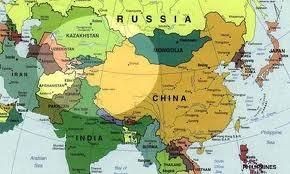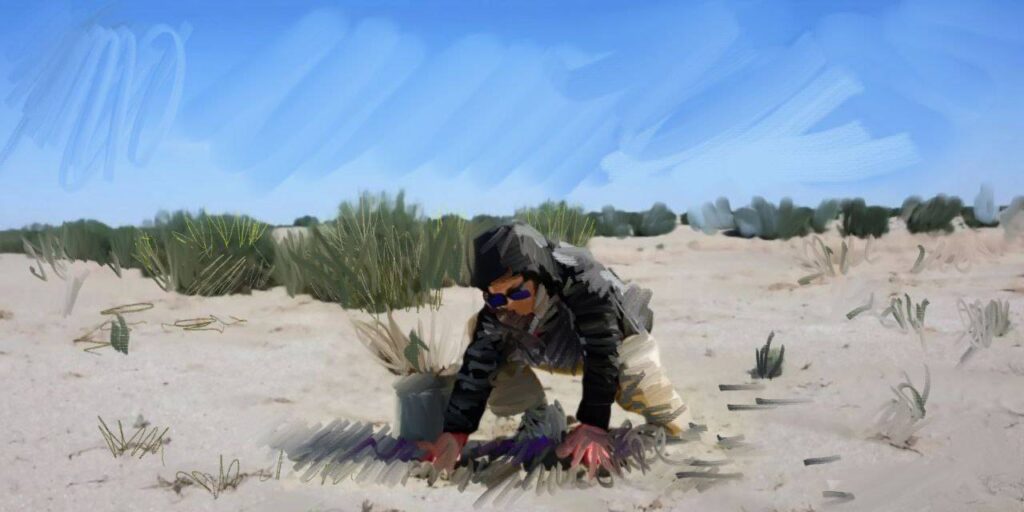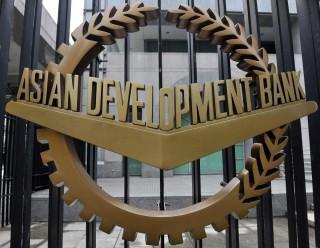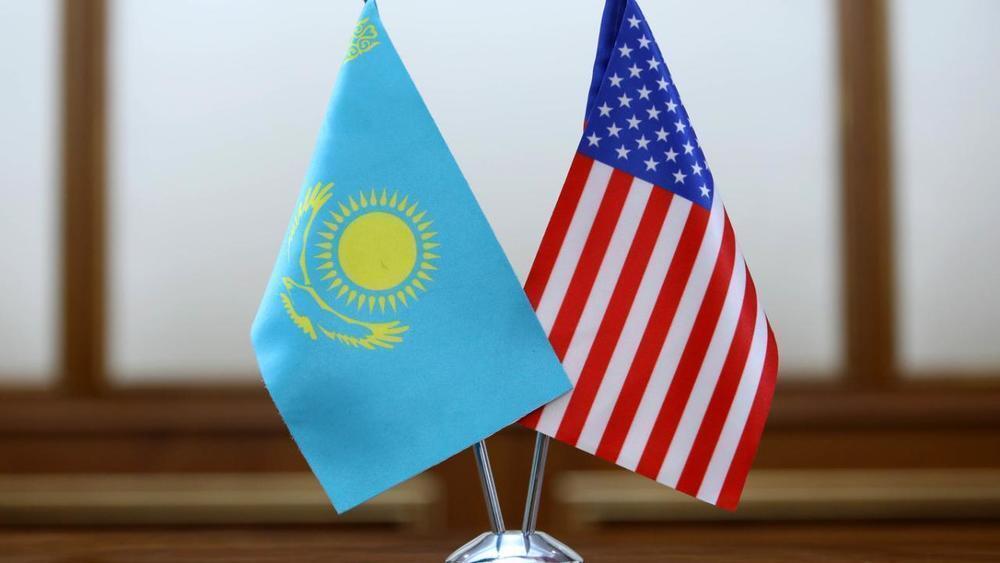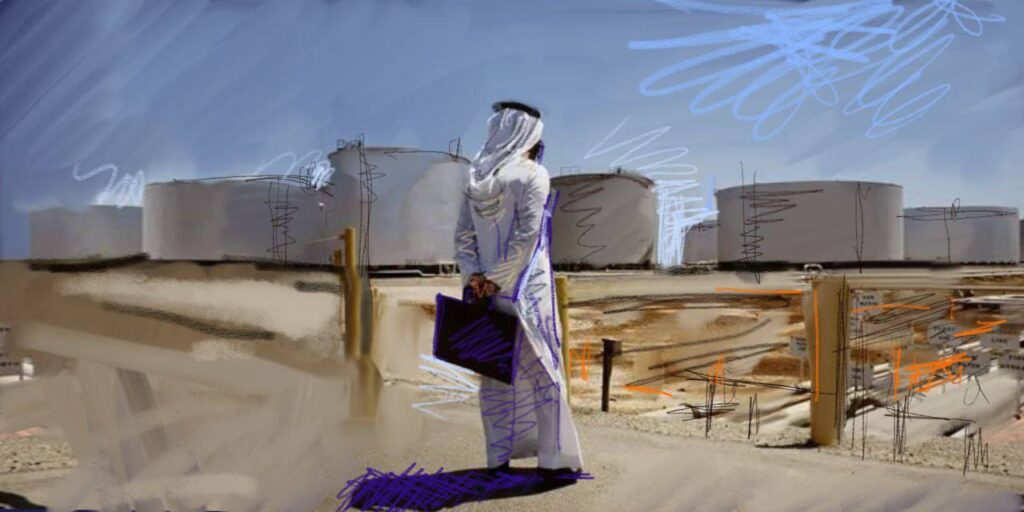BISHKEK (TCA) — Although Russia has traditionally been the main political and economic partner of Central Asian countries, in recent years China has outpaced Russia in the Central Asia region on trade, investment and infrastructure development. We are republishing this article on the issue, originally published by Stratfor:
Central Asia has undergone a significant economic transformation in recent years as trade and investment in the region have shifted away from Russia and toward China. Russia remains a major economic force in Central Asia, and China’s rise in the region complements its interests in many ways — or at least doesn’t directly contradict them. But Central Asia’s growing economic dependence on China and Beijing’s increasing political and security influence in the region could foster increased tensions between the two powers.
The Traditional Player: Russia
Russia has been the dominant external player in Central Asia since the 19th century, when the Russian Empire conquered the region to protect itself from foreign rivals and establish a defensive anchor in the Tian Shan mountain range and Karakum desert. After the Russian Revolution in 1917, Central Asia became part of the Soviet Union, which dramatically reshaped the region. The Soviet government redrew Central Asia’s borders to create five republics, largely sealing the region off from the outside world. Central Asia’s republics incorporated top-down, centralized political systems and adopted the Russian language as a lingua franca.
At the same time, they underwent a process of industrialization and collectivization familiar to the rest of the Soviet Union. The process developed large-scale industry and agricultural production in the region and integrated the republics into the Soviet economy and military-industrial complex. Central Asia’s abundant resources — including oil, natural gas, minerals and cotton — went toward sustaining the Soviet economic machine, and road, railway and pipeline networks linked the region to Russia.
Even after the collapse of the Soviet Union in 1991, Central Asia kept many of its connections to Russia. The country remained the largest trade partner for each of the Central Asian states for the first two decades following their independence, importing energy resources and other goods from the region while exporting goods such as refined fuels. Over the past decade, however, Russia’s trade and investment ties with Central Asia have diminished. China has been a big factor in the decline.
The Influential Newcomer: China
Central Asian independence in the 1990s coincided with the beginning of China’s economic rise. Beijing’s growing appetite for commodities to fuel its burgeoning manufacturing sector spurred a major push into Central Asia, one that really took off in the 2000s as China began to invest in infrastructure projects to access the region’s resources, particularly oil and natural gas. Among these were the Kazakhstan-China oil pipeline, the first section of which opened in 2003, and the Central Asia-China natural gas pipeline, which began operating in 2009. Both pipelines have expanded significantly over the years. In 2017, the Kazakhstan-China oil pipeline transported 12.3 million tons of oil and 44 billion cubic meters (bcm) of natural gas in 2017, while the Central Asia-China natural gas pipeline sent 34 bcm of natural gas in 2016.
Just as China was ramping up its energy imports from Central Asia, Russia was decreasing its own. Russia, a major oil and natural gas producer, didn’t need Central Asian energy to fuel its economy. Instead, it would send the energy it imported from Central Asia to Europe to sell at a premium. An energy glut in Europe in the late 2000s removed the incentive driving Russia’s energy imports from Central Asia and created a substantial shift in the region’s energy ties — and by extension its economic ties.
Turkmenistan offers a case in point. Before 2009, the country sent around 90 percent of its natural gas supplies to Russia. But after a pipeline explosion in 2009 — caused by a rise in pressure resulting from Russia’s failure to tell Turkmenistan that it had decreased its imports — Turkmen exports to Russia declined precipitously, from more than 40 bcm in 2008 to zero by 2017. Turkmenistan subsequently began exporting much of its natural gas to China instead, sending nearly 30 bcm by 2017, up from about 4 bcm in 2010. A price dispute with Iran, in fact, has made China Turkmenistan’s only natural gas customer. And because natural gas accounts for 80 percent of the government’s revenue and 35 percent of the country’s gross domestic product, the Turkmen economy now depends overwhelmingly on Beijing.
The restructuring of Central Asia’s energy ties is apparent in the region’s broader trade levels, too. In the 1990s, total trade between China and Central Asia was less than $1 billion annually. By 2017, the figure had reached $30 billion, compared with $18.6 billion in total trade between Russia and Central Asia. China outpaces Russia in total trade with all Central Asian countries except for Kazakhstan, and in certain cases like Turkmenistan — where China accounts for 44 percent of the country’s total trade while Russia makes up only 7 percent — the discrepancy is large.
China also has invested billions of dollars to develop transport infrastructure, as part of its Belt and Road Initiative, and manufacturing facilities. The infrastructure projects include a freight railway linking the Chinese port of Lianyungang with the Kazakh city of Almaty, and plans for two rail corridors between southern China and Central Asia. In terms of industry, meanwhile, China has built a metallurgical plant in Tajikistan that opened in November 2017, and Chinese telecommunications companies Huawei and ZTE Corp. have established assembly plants in Uzbekistan. Beijing also plans to develop the Kazakh city of Khorgos into a logistics and manufacturing hub.
Economic Overlap and Common Interests
In trade and investment in Central Asia, China has surpassed Russia in recent years. That doesn’t mean, however, that China is entirely superseding Russia in the region. Remittances, for example, are still a mainstay of Russian economic influence in Central Asia. Russia is the primary destination for Central Asian migrants working abroad, and remittances from the more than 3 million Central Asians who currently live and work in Russia make up a substantial part of the region’s economies. In smaller countries that don’t export energy, such as Kyrgyzstan and Tajikistan, this source of revenue is especially important.
Kyrgyzstan received more than $2.2 billion in remittances from Russia in 2017, according to data from Russia’s central bank. The sum exceeds China’s trade with Kyrgyzstan and accounts for more than 30 percent of the Central Asian state’s GDP. Similarly, Tajikistan received over $2.5 billion in remittances from Russia last year — more than its total trade with China. Given that nearly every family in Kyrgyzstan and Tajikistan has a member working in Russia, remittances give Moscow an important means of influencing these countries.
China’s rise as a trade and investment partner in Central Asia does not necessarily conflict with Russia’s interests and strategy in the region. Since the end of the Soviet Union, Russia hasn’t been a major investor in infrastructure in Central Asia, nor does it have the kind of capital that Beijing has to develop such projects. In addition, Russia doesn’t need Central Asia’s raw materials the way China does, and China doesn’t need the region’s low-wage labor force the way Russia does. The two countries’ different economic structures and imperatives in Central Asia are in many ways compatible.
Furthermore, both countries have an overlapping interest in trying to stabilize Central Asia to protect their interests there and to keep militancy from reaching their borders. China’s growing economic presence in the region has alleviated some of the pressures the region has faced because of low global energy prices, decreased trade with Russia and rapidly growing populations. And Beijing has been careful to coordinate or consult with Moscow on the economic initiatives it pursues in Central Asia, including the Belt and Road Initiative. Consequently, Russia welcomes Chinese influence in the region, which not only has helped stabilize Central Asia, but has also benefited Moscow in its own relationship with Beijing. China, after all, has become a key trade partner and investor in Russia since sanctions from the European Union and United States have reduced its economic ties with the West.
Potential Friction Points
Even so, as China’s profile in Central Asia continues to rise, and as Russia faces increasing economic challenges, several factors in the region could cause strife between Moscow and Beijing. China’s stronger economic presence in Central Asia, for example, inevitably will lead to a stronger security presence so that Beijing can safeguard its interests. In fact, Beijing already is taking on a more prominent role in counterterrorism initiatives with Central Asian states, and reports suggest that its security presence is growing in countries such as Tajikistan. These measures so far have taken place in coordination with Russia. But if and when China starts to pursue measures unilaterally or to build military bases in the region, relations between Moscow and Beijing could take a turn.
Their institutional ties to Central Asia could also prove to be a sticking point for Russia and China. Most Central Asian states are members of the Moscow-led Eurasian Economic Union and the Collective Security Treaty Organization, blocs designed to entrench Russia’s influence in the member states at the expense of other foreign powers. If China’s Belt and Road Initiative were to become more formal and exclusive, it could conflict with Russia’s interests in the Eurasian Economic Union. China’s attempt to involve Central Asia in its international integration plans will further test Moscow’s role as the leading external power in the region.
The Shanghai Cooperation Organization (SCO), likewise, could become a source of contention. China views the bloc, of which it and Russia are both members, as an important platform for regional integration on economic issues with Central Asia. Russia, on the other hand, has preferred to keep the bloc focused solely on security matters. This difference is likely a driving force behind Moscow’s efforts to include India and Pakistan in the SCO as counterweights to China. As the bloc continues to evolve and perhaps expand, it will serve as an indicator of how the relationship between Moscow and Beijing is changing.
These factors could test the balance of power that Russia and China have maintained up to this point. If signs of Moscow and Beijing working against each other in Central Asia begin to emerge, they could spell the start of a strategic shift in the region and in the Russia-China relationship.
